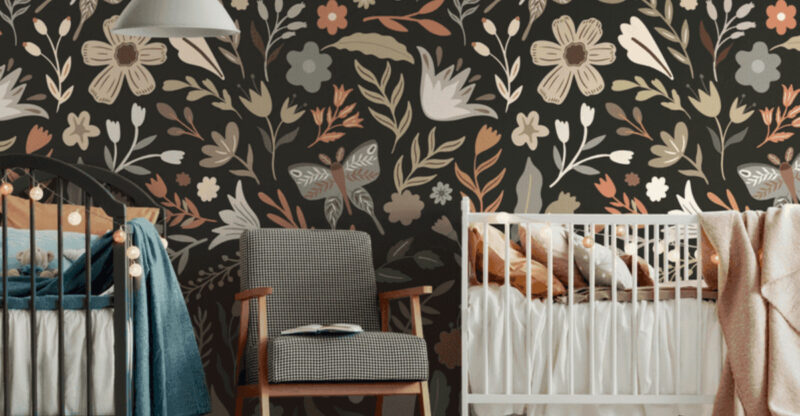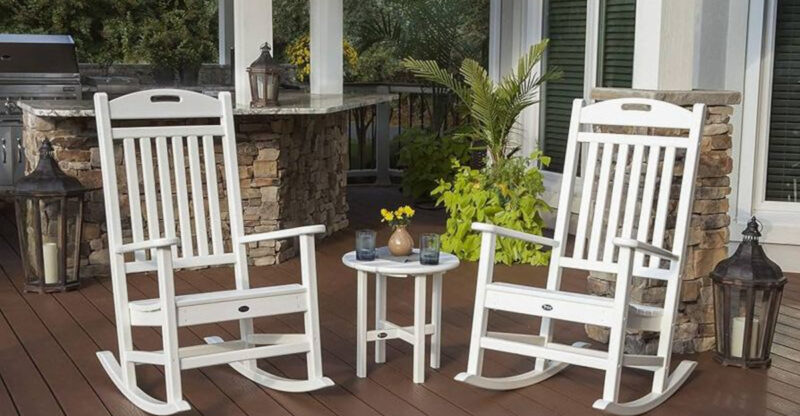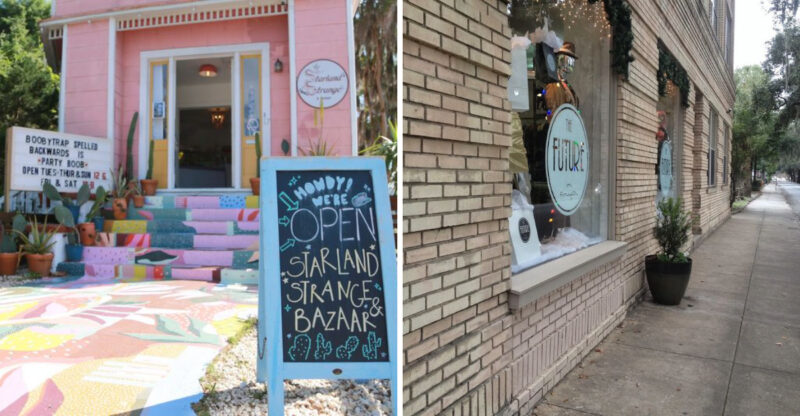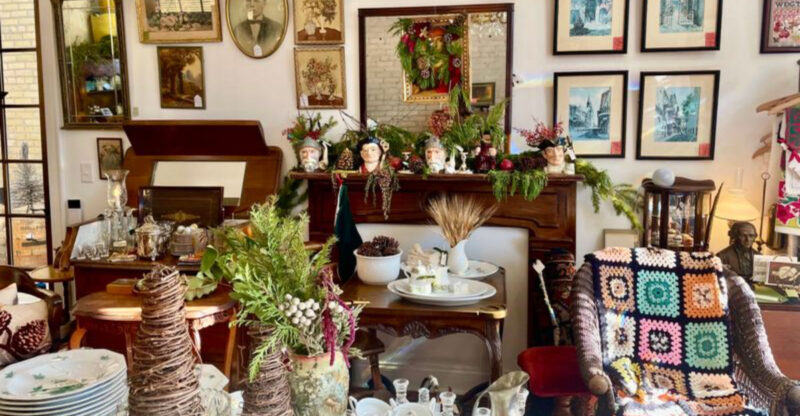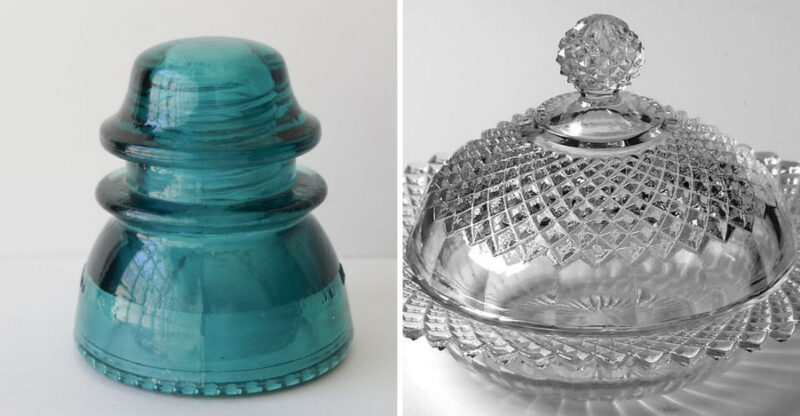Don’t Bother With These 6 Antiques, But Watch For These 7 Hidden Treasures
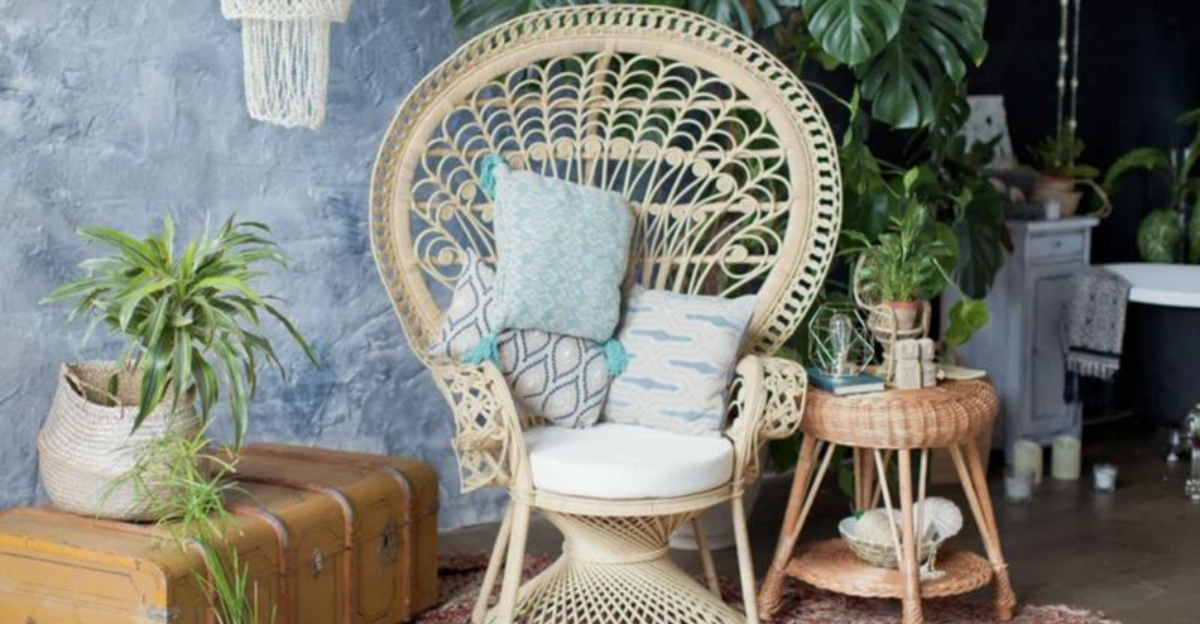
Looking for antiques that are actually worth your time and money? I’ve spent years helping clients separate the real treasures from the junk in the vintage market.
Not all old things deserve a spot in your home, and some pieces that look valuable are actually design dead ends. Let me walk you through which antiques to skip and which hidden heirlooms might be worth that weekend hunt.
1. Mass-Produced China Cabinets Are Bulky Space-Wasters
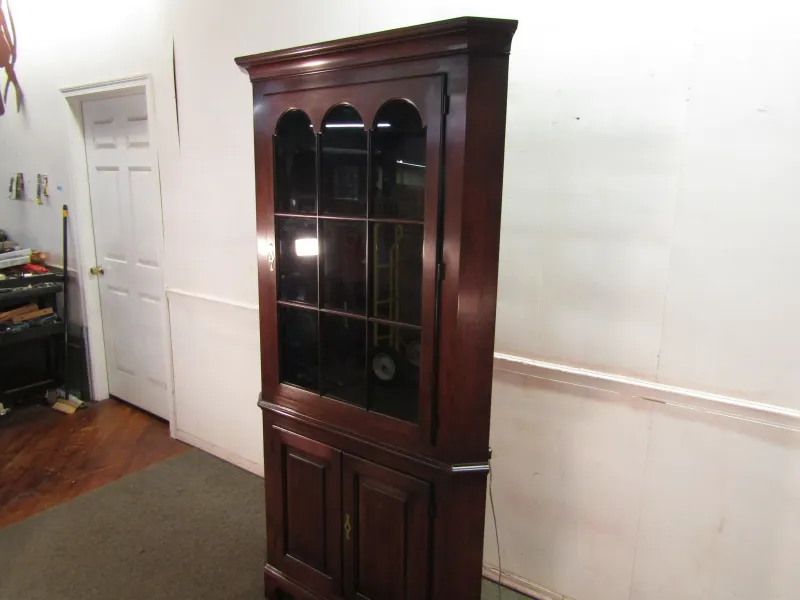
Forget those dark, heavy china cabinets from the 1980s and 90s. Nobody wants these lumbering giants anymore. Their massive footprint overwhelms modern homes, and younger generations simply don’t collect formal dinnerware requiring display.
Furniture dealers often can’t even give these away at estate sales. The market is flooded with them as downsizing seniors desperately try to offload these unwanted heirlooms.
Unless it’s a genuine craftsman piece with historical significance, these cabinets typically end up as landfill fodder or heavily discounted thrift store rejects.
2. Victorian Balloon-Back Chairs Lack Comfort And Stability
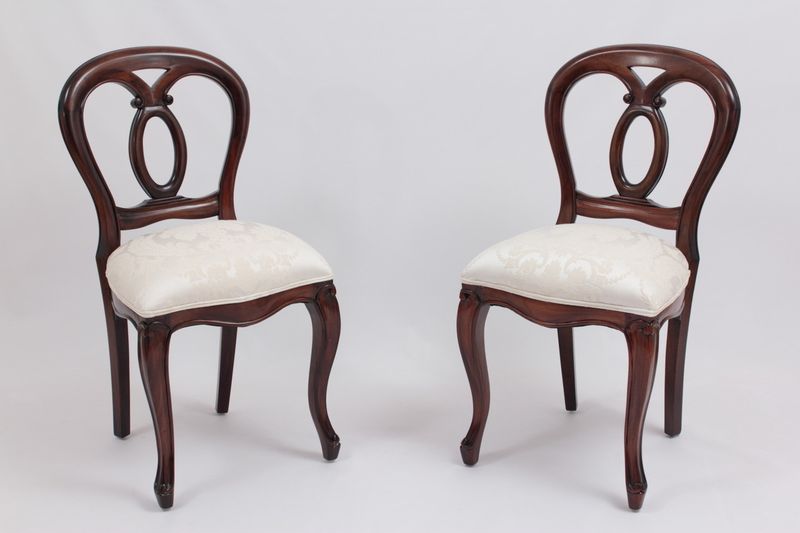
These Victorian balloon-back chairs might look fancy, but they’re practically torture devices. Their narrow seats and rigid backs were designed for corseted ladies with petticoats, not for modern comfort standards.
Most surviving examples wobble dangerously after centuries of stress on their delicate joints. The reproduction market flooded homes with poor-quality knockoffs that now clutter antique malls nationwide.
Unless you’ve found a signed piece by a notable maker, these chairs typically command little respect among serious collectors and even less comfort for actual sitting.
3. Worn-Out Persian Rugs With Low Knot Counts Fade Fast
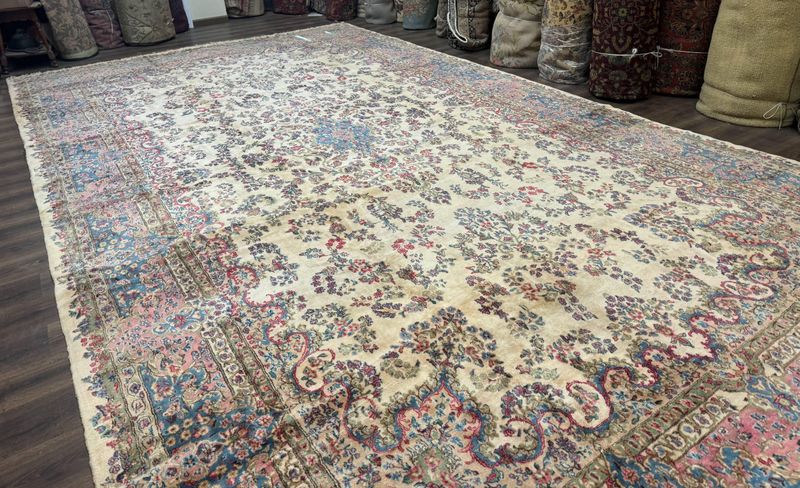
Low-quality Persian-style rugs from the mass market boom of the 1970s-90s have flooded the secondhand market. Their sparse knot count (under 100 knots per square inch) creates blurry patterns that lack the crisp definition of quality pieces.
Sunlight exposure has typically faded these once-radiant rugs to dull shadows of their former selves. The thin pile wears quickly in high-traffic areas, revealing the backing underneath.
Machine-made imposters vastly outnumber handmade treasures, yet sellers often misrepresent them as valuable. Save your money for quality textiles with documented provenance.
4. Reproduction French Provincial Furniture Falls Apart Quickly
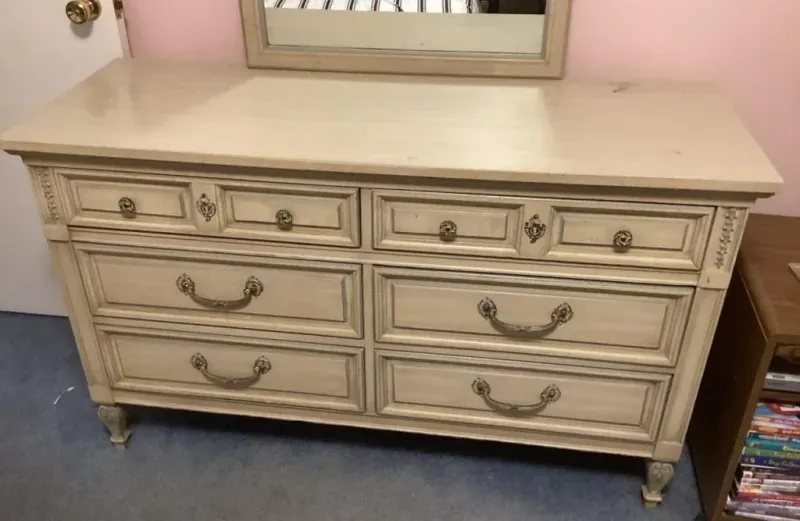
Those white-painted French Provincial bedroom sets from the 1960s-70s aren’t antiques, they’re mass-produced knockoffs. The flimsy particleboard construction hides beneath thin veneer and paint, making repairs nearly impossible once damaged.
Hardware often breaks or goes missing, and replacement parts aren’t manufactured anymore. The ornate scrollwork that seemed so elegant in your grandmother’s guest room now looks dated and fussy in contemporary homes.
Real French antiques from the 18th century command high prices, but these department store reproductions hold virtually no resale value. Skip them unless you’re planning a shabby chic DIY project.
5. Antique Headboards Without Matching Frames Create Bedroom Headaches
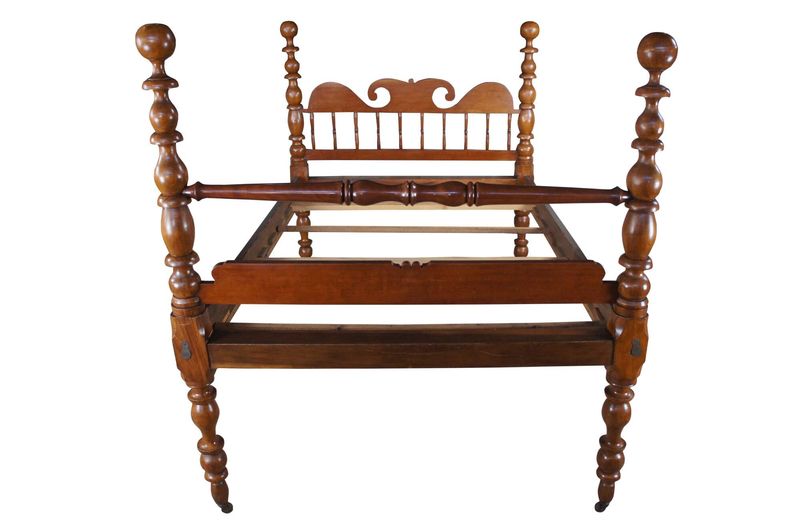
Ever tried using an orphaned headboard? Without their original bed frames, they create more problems than they’re worth! Modern mattress sizes rarely match vintage dimensions, leading to awkward gaps or uncomfortable overhangs, talk about a bedroom blunder.
Converting these standalone pieces requires custom brackets and carpentry skills most homeowners lack. Many antique headboards were designed for box springs and rails that simply don’t exist anymore.
Unless you’re willing to frame your dreams around a custom solution or sleep tight on a non-standard mattress size, these partial pieces usually end up as costly wall decorations rather than functional furniture. Better to rest easy and save your money for complete bedroom sets!
6. Ceramic Figurines And Lladró Knockoffs Gather Dust, Not Value
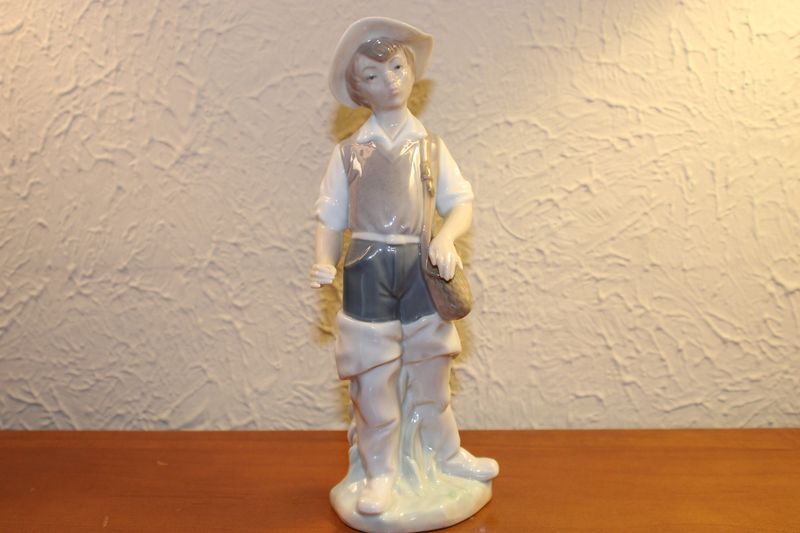
The pastel porcelain figurines cluttering grandma’s curio cabinet? They’re the definition of worthless collectibles. Mass-produced in factories worldwide, these saccharine sculptures of shepherdesses and puppies flooded the market for decades.
Authentic Lladró pieces from Spain hold modest value, but the market is saturated with unmarked knockoffs worth pennies. Their sentimental style feels hopelessly outdated in modern interiors, and younger generations actively avoid inheriting these dust-collectors.
Even genuine pieces from recognized brands have plummeted in value as collecting trends shift toward minimalism. Save your display space for items with personal meaning instead.
7. Mid-Century Modern Credenzas Bring Sleek Storage Solutions
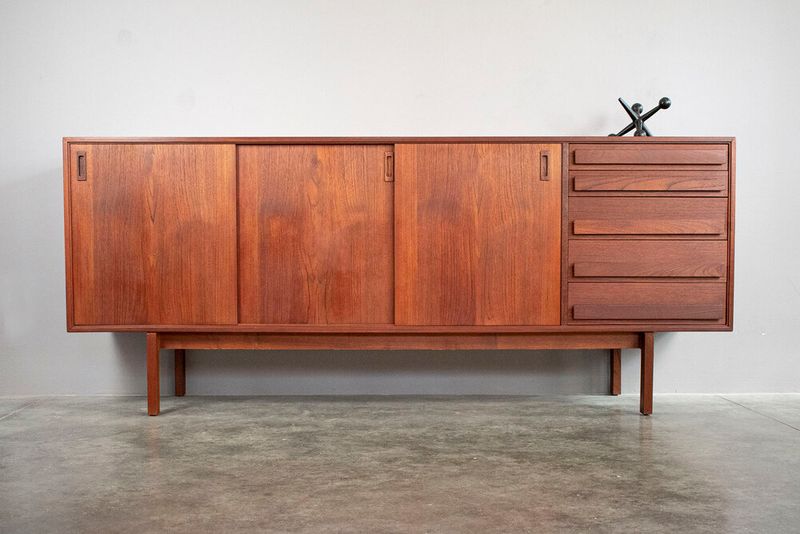
Walnut and teak credenzas from the 1950s-60s command impressive prices for good reason. Their clean lines and functional storage work perfectly in contemporary homes despite being decades old.
Look for maker’s marks from Herman Miller, Knoll, or Danish designers like Hans Wegner. The quality craftsmanship in these pieces, dovetailed drawers, solid wood construction, and brass hardware, far surpasses today’s flat-pack furniture.
Even unsigned pieces with authentic mid-century details can be worthy investments. Their versatility shines in dining rooms, living spaces, or as media consoles, making them practical purchases beyond just collector appeal.
8. Antique Farmhouse Tables Tell Stories Through Their Patina
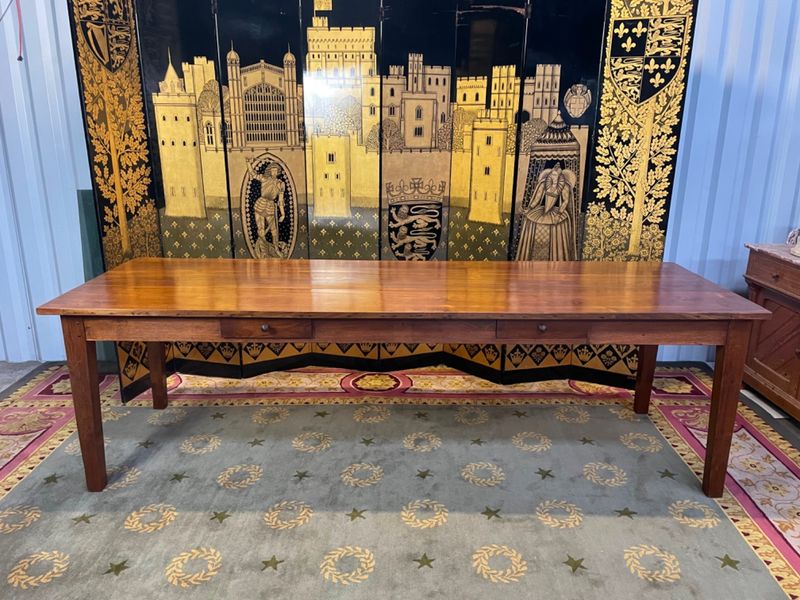
Solid wood farmhouse tables from the 19th and early 20th centuries offer incredible value compared to their flimsy modern counterparts! The worn patina on these workhorses reveals generations of family meals and tells a story no new piece can match.
Construction techniques like hand-cut mortise and tenon joints ensure these tables last centuries longer than today’s glued-together versions. Their generous proportions accommodate large gatherings while becoming natural focal points in any kitchen or dining space.
Prices remain surprisingly reasonable compared to high-end new tables of similar quality. Look for locally-made examples with regional character in woods like pine, oak, or maple.
9. Wrought Iron Garden Furniture Weathers Beautifully Over Time
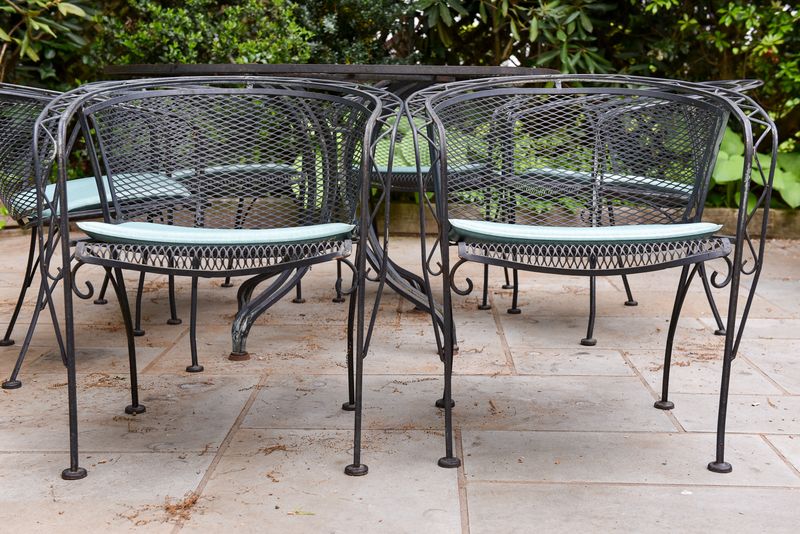
Vintage wrought iron patio sets from the 1930s-50s laugh in the face of today’s disposable outdoor furniture. These heavyweight beauties develop gorgeous patinas while withstanding decades of weather exposure that would destroy modern pieces in a single season.
Manufacturers like Woodard, Salterini, and Lee Woodard Sons created distinctive patterns that now command collector interest. Their artistic scrollwork and botanical motifs bring character no big-box store item can match.
Most pieces simply need fresh paint and new cushions to look spectacular again. Unlike cheap contemporary sets, these treasures can be repaired indefinitely, making them sustainable choices for eco-conscious decorators.
10. Industrial Factory Lighting Adds Authentic Character Overhead
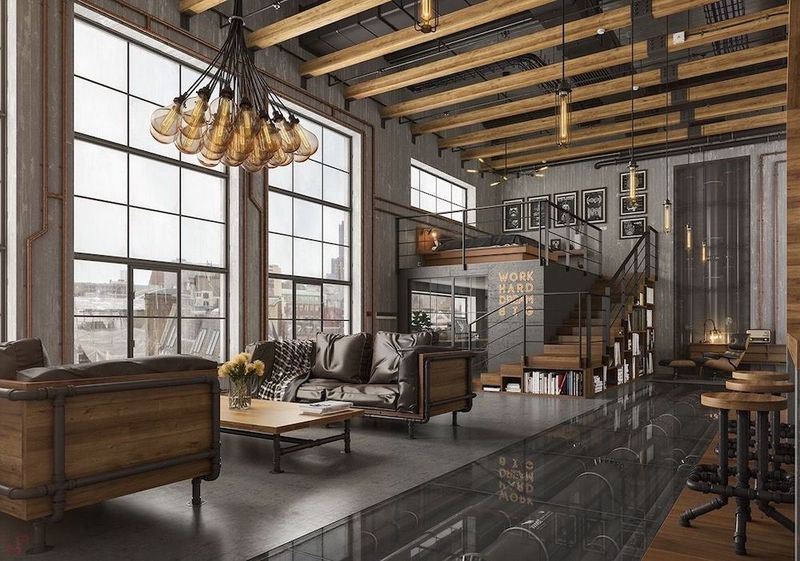
Genuine factory pendants and task lamps from America’s manufacturing heyday offer authenticity no reproduction can match. Their heavy-gauge metal construction and specialized mechanisms reflect an era when things were built to last indefinitely.
Salvaged from factories, warehouses, and workshops before demolition, these lights carry real industrial heritage. Many feature adjustable arms, swivel mechanisms, or unique glass shades that showcase period-specific craftsmanship.
Modern reproductions flood the market, but knowledgeable buyers seek original pieces with manufacturer stamps from brands like Crouse-Hinds, Benjamin, or General Electric. Their substantial presence transforms ordinary rooms into characterful spaces.
11. Brass Or Bronze Hardware Transforms Ordinary Furniture
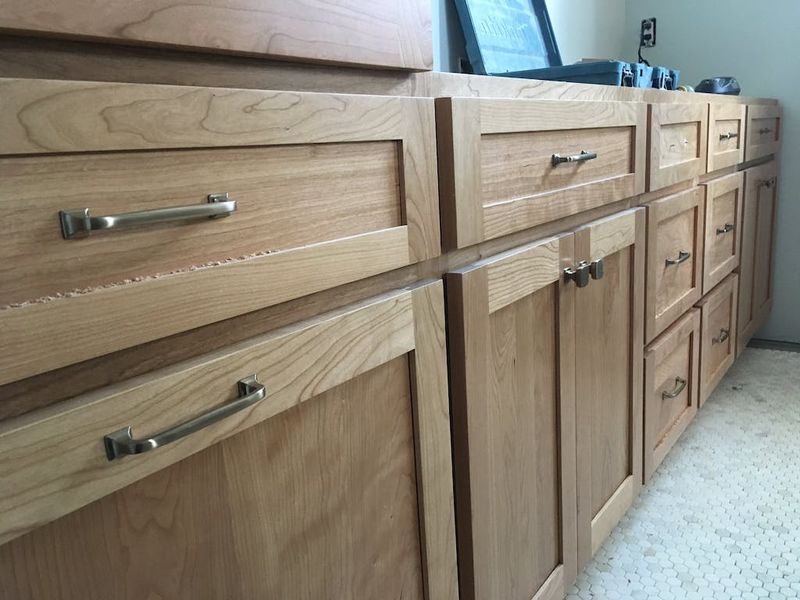
Want to really pull your furniture’s look together without spending a fortune? Vintage brass or bronze drawer pulls and hardware weigh in with style and charm that cheap reproductions just can’t measure up to. These solid, beautifully patinaed pieces, from Victorian to Art Deco, knock ordinary cabinetry out of the park.
Salvage yards and antique dealers are gold mines for these treasures at a fraction of new prices. A small investment can bolt on serious character and make your cabinets truly stand out!
12. Vintage Rattan Or Cane Furniture Brings Natural Texture Indoors
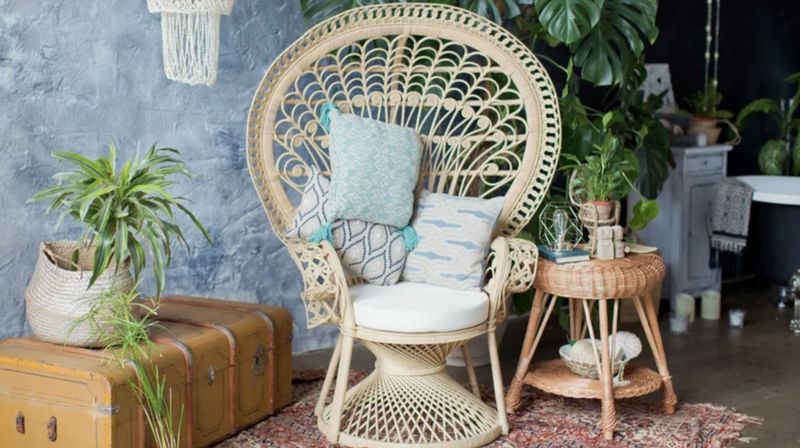
Rattan and cane furniture from the 1960s-70s has skyrocketed in value as today’s designers embrace natural materials! Peacock chairs, bamboo étagères, and rattan settees bring organic texture that softens modern interiors.
Quality pieces feature tight weaving, strong joints, and thoughtful design, hallmarks that separate valuable vintage items from flimsy knockoffs. Manufacturers like Ficks Reed and McGuire created pieces now considered design classics worth significant investment.
The craftsmanship in these items is increasingly rare as traditional weaving skills disappear globally. Unlike many trendy items, these natural material pieces have cycled in and out of fashion for centuries, suggesting lasting appeal.
13. Architectural Salvage Pieces Add One-Of-A-Kind Focal Points
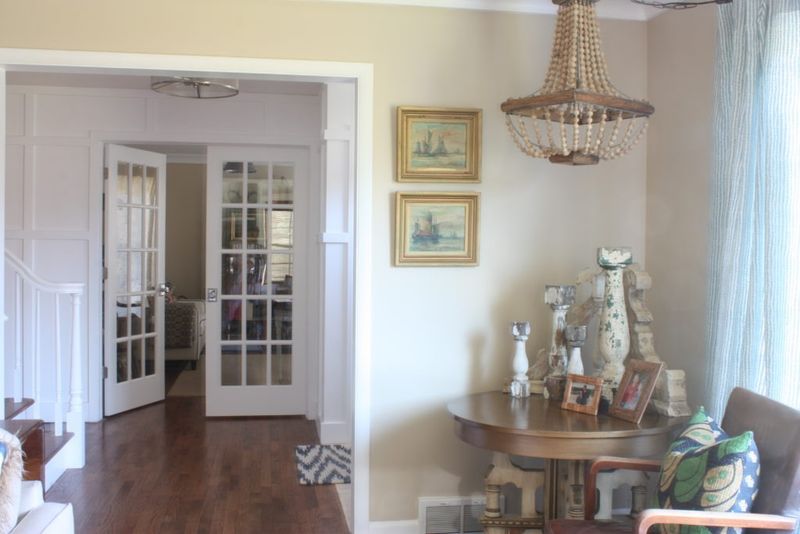
Salvaged architectural elements from demolished historic buildings offer unrepeatable character impossible to find in new construction. Corbels, mantels, and vintage doors bring authentic history and craftsmanship to cookie-cutter modern homes.
These pieces often feature hand-carved details, old-growth timber, or metalwork techniques no longer economically viable today. Creative homeowners repurpose these elements as shelving brackets, headboards, or statement wall hangings.
The limited supply of these irreplaceable artifacts ensures their value typically increases over time. Beyond monetary worth, they preserve craftsmanship and design elements that would otherwise be lost to landfills during demolition.

